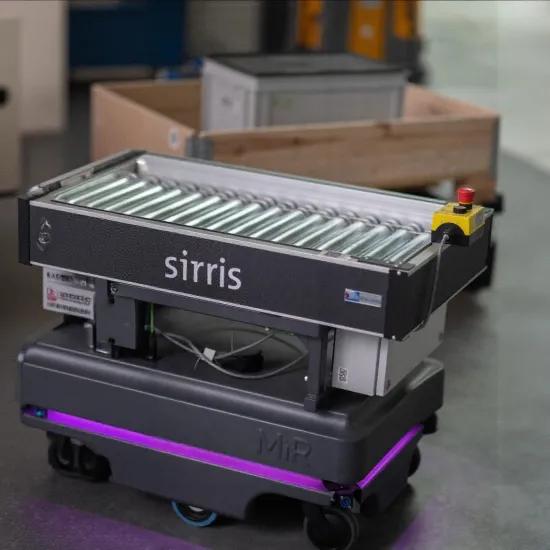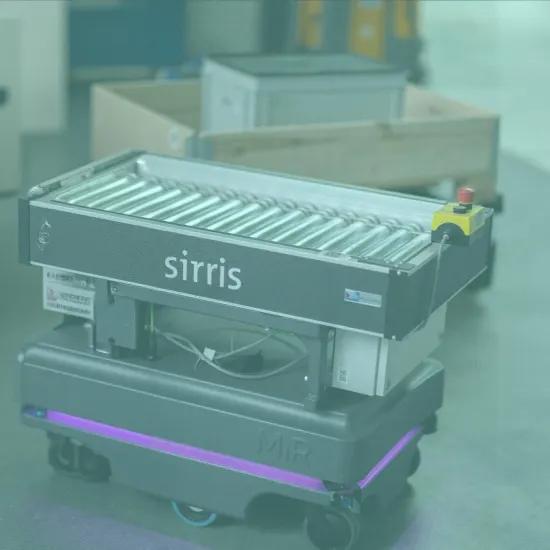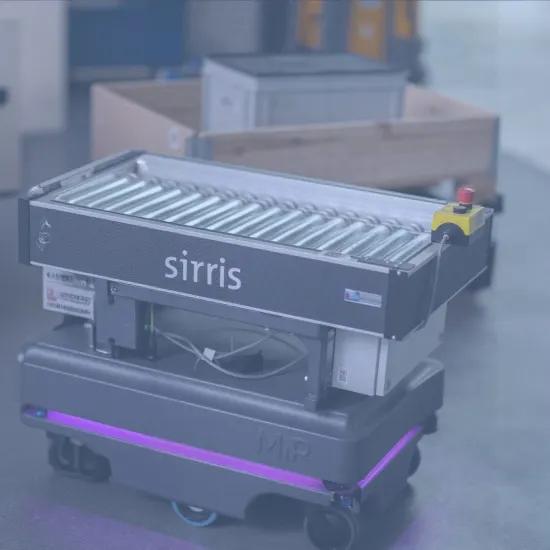Autonomous mobile robots (AMRs) have great potential for automating logistics movements on the factory floor. But how can your company decide whether such an installation would be useful, and how can it be used optimally? In the recent masterclass, the participants were able to discover the possibilities for themselves.
Companies considering automating their production logistics are often left with many questions. The possibilities seem endless, but how do you get started in practice? How do you start to arrange the basics of production logistics processes, such as layout, warehouse management and production management? What is the potential of AMRs, looked at realistically? Are they really multi-functional? Sirris can offer these companies a hands-on masterclass on autonomous mobile robots, in which Sirris experts will introduce the participants to the potential of AMRs.
The most recent masterclass, on March 17 at our site in Diepenbeek, showed that the need and interest are still there as it was fully booked with 16 participants from eight different companies. The participants received an overview of the range and applications of AMRs. After an introduction to production logistics, important aspects of AGVs and AMRs, and a few sample demonstrators from Sirris, the participants were able to work in the lab themselves to perform some exercises with three mobile robot systems that Sirris made available for automating production logistics. This allowed them to experience for themselves where both the difficulties and possibilities lie.
A rich learning experience
The three AMRs each had a different top module: one was fitted with a roller conveyor, a second with a module for lifting carts and the third with a pallet lift. The room was set up as a production hall with storage and prep zones. The participants first had to successfully complete some exercises with the AMRs, such as starting up and making first missions, positioning with precision, influencing the AMR’s navigational behaviour and communicating with it. They then had to complete a whole scenario with various consecutive assignments that are typical in a production environment. Finally, experience about how to start an AMR project was shared.
Those present could experience situations as they occur in reality with AMRs and AGVs: systems that have to cross each other’s paths, carry out different assignments in each other's working area, scan navigation boundaries, etc. This enabled them to get to know and to test the various aspects of the use of AMRs hands-on.
The feedback we received afterwards showed that the participants were satisfied with the experience gained and that it had answered their questions.
Curious about the potential of AMRs for your own production environment? Let us know and keep an eye on our agenda!







